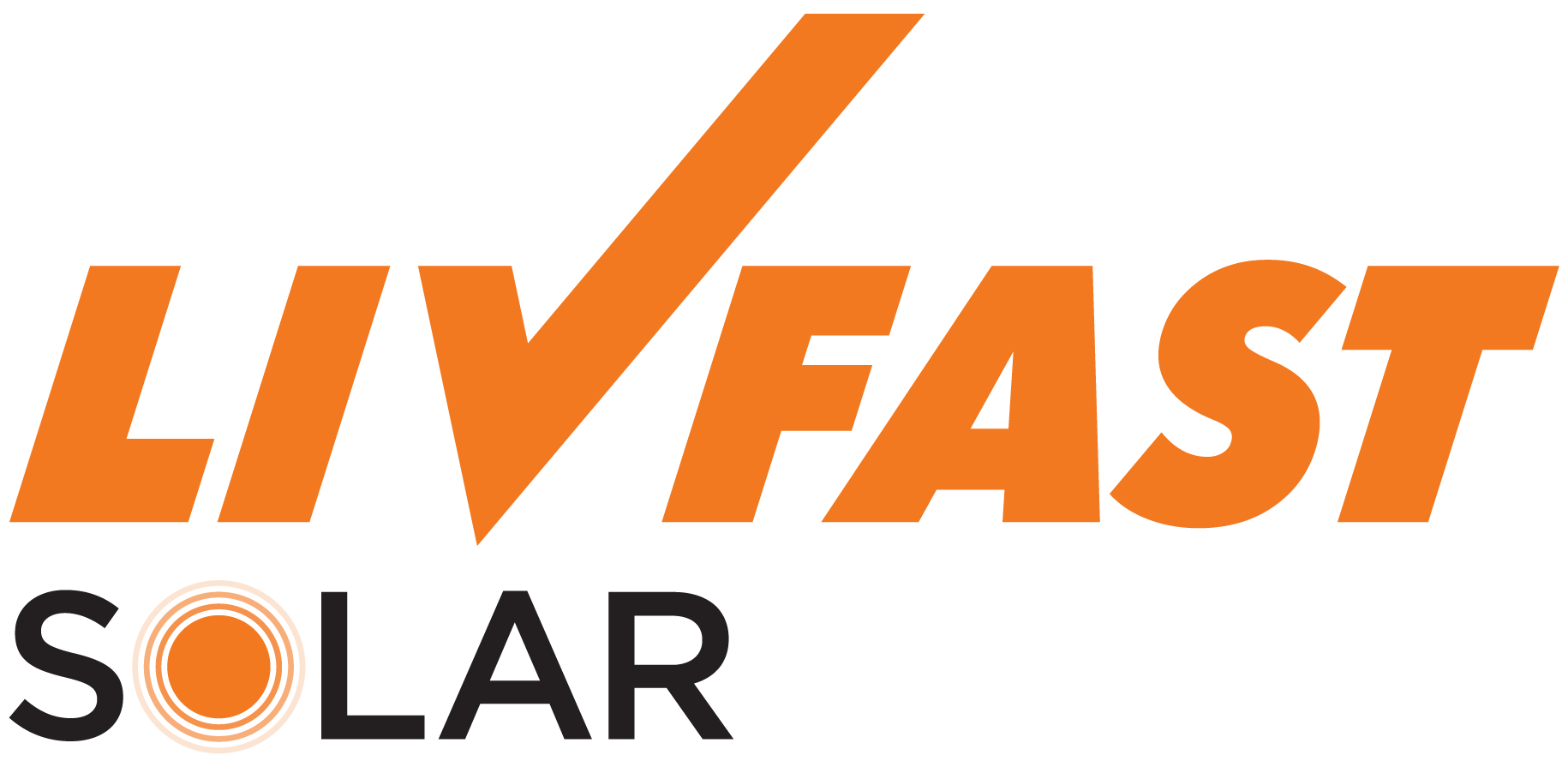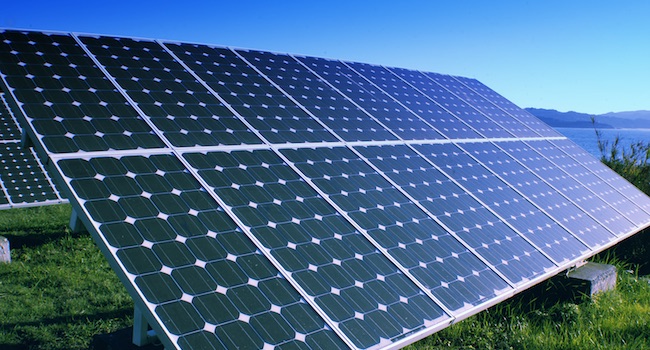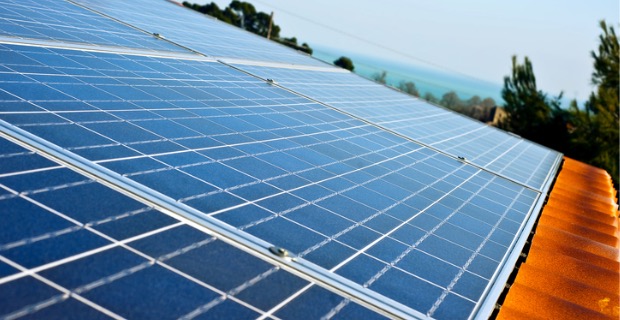Floating solar farms
Silicon panels are becoming cheaper and more efficient day-by-day. According to experts, if photovoltaic panels are placed on reservoirs and other water bodies, they offer even greater efficiency as well as a plethora of other benefits.
Floating solar farms can generate huge amounts of electricity without using valuable land or real estate. The installation costs of floating photovoltaic panels are less than land-based photovoltaic panels. Also, research showed that the power production of floating solar panels is greater by up to 10% due to the cooling effect of water.
Besides producing clean solar power, floating solar farms can help with water management. They reduce the loss of water to evaporation as they limit air circulation and block sunlight from the surface of the water. Also, floating solar farms prevent noxious algae production, lowering water treatment costs. Furthermore, the water beneath keeps solar panels clean and minimizes energy waste.
BIPV solar technology
Building-integrated photovoltaics, as the name suggests, seamlessly blend into building architecture in the form of roofs, canopies, curtain walls, facades, and skylight systems. Unlike traditional solar PV panels, BIPV can be aesthetically appealing rather than a compromise to a building’s design.
Of course, aesthetics alone is not enough for solar buyers; economics matters too. The good news is that the BIPV solar panel systems enable homeowners to save on building materials and electric power costs. By substituting BIPV for standard building materials, you can cut down on the additional cost of solar panel mounting systems.
BIPV technology, when used on the building's facades, atrium, terrace floor, and canopies, provides the following benefits:
- Increased energy efficiency
- High thermal and sound insulation
- Clean and free power output from the sun
- Decreased O&M costs
- Zero carbon footprint
The photovoltaic PV glasses installed as building materials act as an energy-generating device, allowing natural light inside homes and offices, just as conventional architectural glasses.
Solar skins
Solar skins are a novel PV technology to integrate custom designs into solar panel systems. The solar skin technology is similar to the ad wraps displayed on bus windows.
Solar thin-film skins maintain high efficiency due to its selective light filtration advancements. The sunlight falling on solar skins is filtered to reach the solar cells beneath it. As a result, it simultaneously displays the custom image and provides solar energy.
These imprinted custom images, embedded into solar panels, can exactly match your grassy lawns or rooftops of your homes.
Solar skin panels can also be beneficial for businesses or government offices. They can be customized to display business logos, business advertisements, a country’s flag, and so on.
Solar fabric
Solar radiation is available all over the planet, so why not generate your own energy, wherever required? Imagine that besides producing solar power at a fixed location, you could also do it while on the move through your own clothing.
Researchers are developing solar fabrics with a vision of including solar power in each fiber. These solar filaments can be embedded into your t-shirts, winter coats, or any other clothing to help you keep warmer, power your phone, and provide energy for other needs while you’re on the go.
There are several areas where researchers have attempted to combine solar fabric and solar panels, which include:
- Building facades that provide both shade and power
- Awnings that lighten up streetlights
- Curtains that eliminate power consumption from the grid
Solar fabricated household clothing can help you save on solar panel mounting and installation costs.
Solar cell manufacturing companies are also working specifically on the US Army project with a vision to create solar-powered robotic tents. With solar costs continuously falling, it’s no more unlikely to imagine a future where almost everything will be powered by free solar, the sun.
Photovoltaic solar noise barriers (PVNB)
Highway traffic noise in the US has always been a concern for everyone. To overcome this issue, 48 states have built nearly 3,000 miles of traffic noise barriers. Noise barriers were always constructed with the single aim of designing cost-effective barriers that efficiently perform noise abatement functions. However, the goal of the US Department of Energy has now evolved to merge noise abatement with sustainable power generation.
Given the widespread use of noise barriers in the US, the potential of producing solar energy from these is likely to be around 400 gigawatt hours (GWh) annually. This is approximately equal to the annual electricity usage of 37,000 homes.


